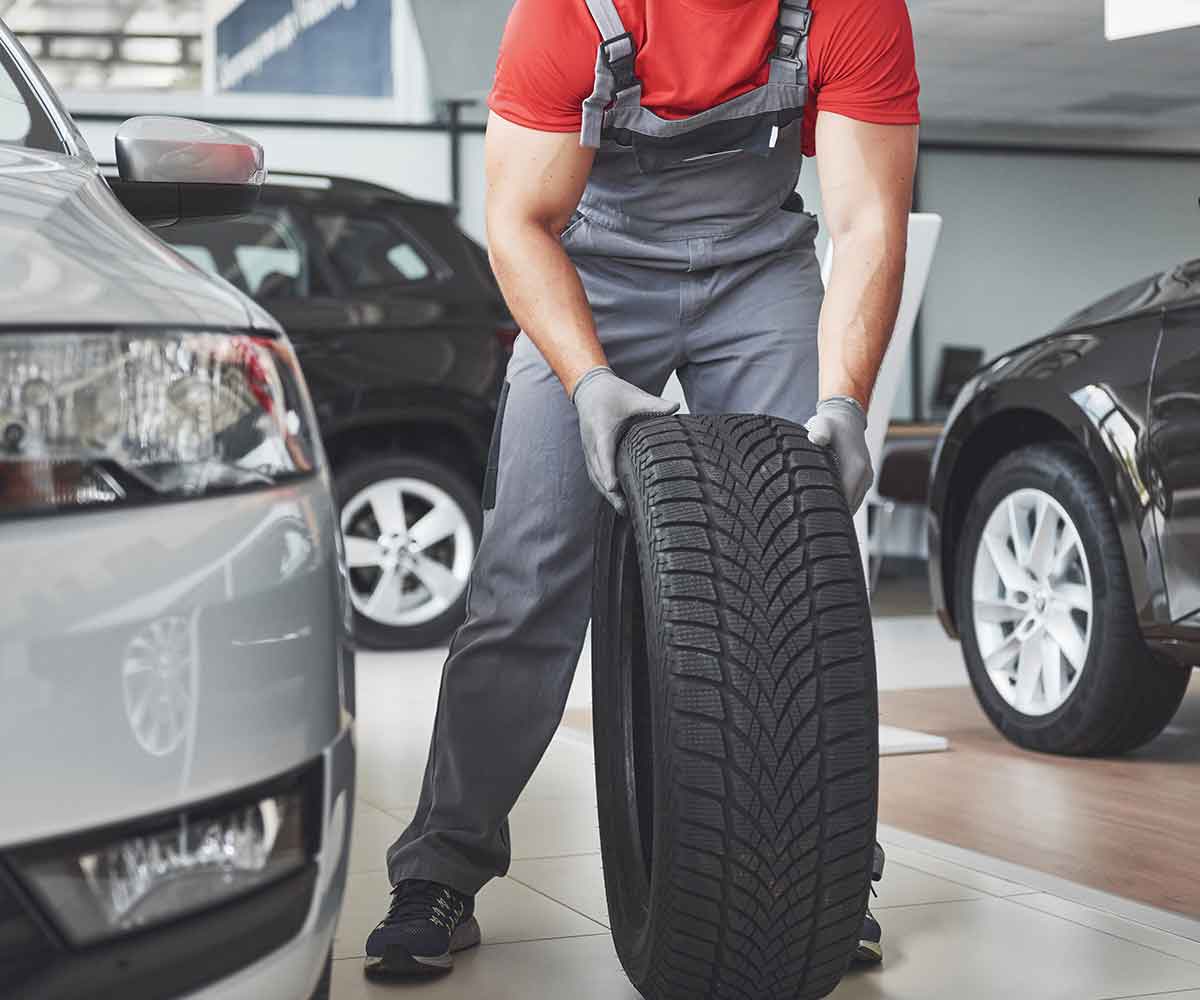The Importance of Proper Tire Pressure and How to Maintain It
Maintaining the correct tire pressure is essential for your vehicle’s safety, fuel efficiency, and overall performance. Underinflated or overinflated tires can lead to various issues, including premature wear, poor handling, and increased fuel consumption. Understanding the importance of proper tire pressure and how to maintain it can help extend the lifespan of your tires and ensure a smooth driving experience.
Why Proper Tire Pressure Matters
1. Enhanced Safety
Properly inflated tires provide better traction and stability, reducing the risk of accidents caused by poor handling or blowouts.
2. Improved Fuel Efficiency
Underinflated tires create more rolling resistance, forcing your engine to work harder and consume more fuel. Keeping your tires at the recommended pressure can improve fuel efficiency by up to 3%.
3. Extended Tire Lifespan
Incorrect tire pressure leads to uneven wear, which shortens the life of your tires. Maintaining proper inflation helps ensure even tread wear and maximizes tire longevity.
4. Better Handling and Performance
Tires at the correct pressure provide optimal grip and responsiveness, improving overall driving performance and comfort.
5. Reduced Risk of Blowouts
Overinflated or underinflated tires are more prone to blowouts, especially in extreme weather conditions. Maintaining proper pressure minimizes this risk.
How to Check and Maintain Tire Pressure
1. Use a Tire Pressure Gauge
A tire pressure gauge is an inexpensive tool that allows you to measure air pressure accurately. Check your tire pressure at least once a month and before long trips.
2. Follow Manufacturer Recommendations
Your vehicle’s recommended tire pressure is typically listed in the owner’s manual or on a sticker inside the driver’s door. Always inflate tires to the specified PSI (pounds per square inch).
3. Check Pressure When Tires Are Cold
For accurate readings, check tire pressure when the tires are cold (before driving or after sitting for a few hours). Heat from driving can increase pressure readings.
4. Adjust Pressure as Needed
If tires are underinflated, add air using an air compressor. If they are overinflated, release some air to reach the correct PSI.
5. Inspect Tires for Damage
Regularly check for visible signs of wear, cracks, or punctures that could lead to pressure loss.
6. Rotate and Balance Tires Regularly
Rotating and balancing your tires as part of routine maintenance helps promote even wear and maintain proper inflation levels.
Final Thoughts
Proper tire pressure is crucial for safety, fuel efficiency, and performance. By checking your tire pressure regularly and making necessary adjustments, you can ensure a safer and more cost-effective driving experience.
Need a professional tire pressure check or maintenance? Visit our shop today for expert assistance!

